1. Women Had to Be a Certain Size
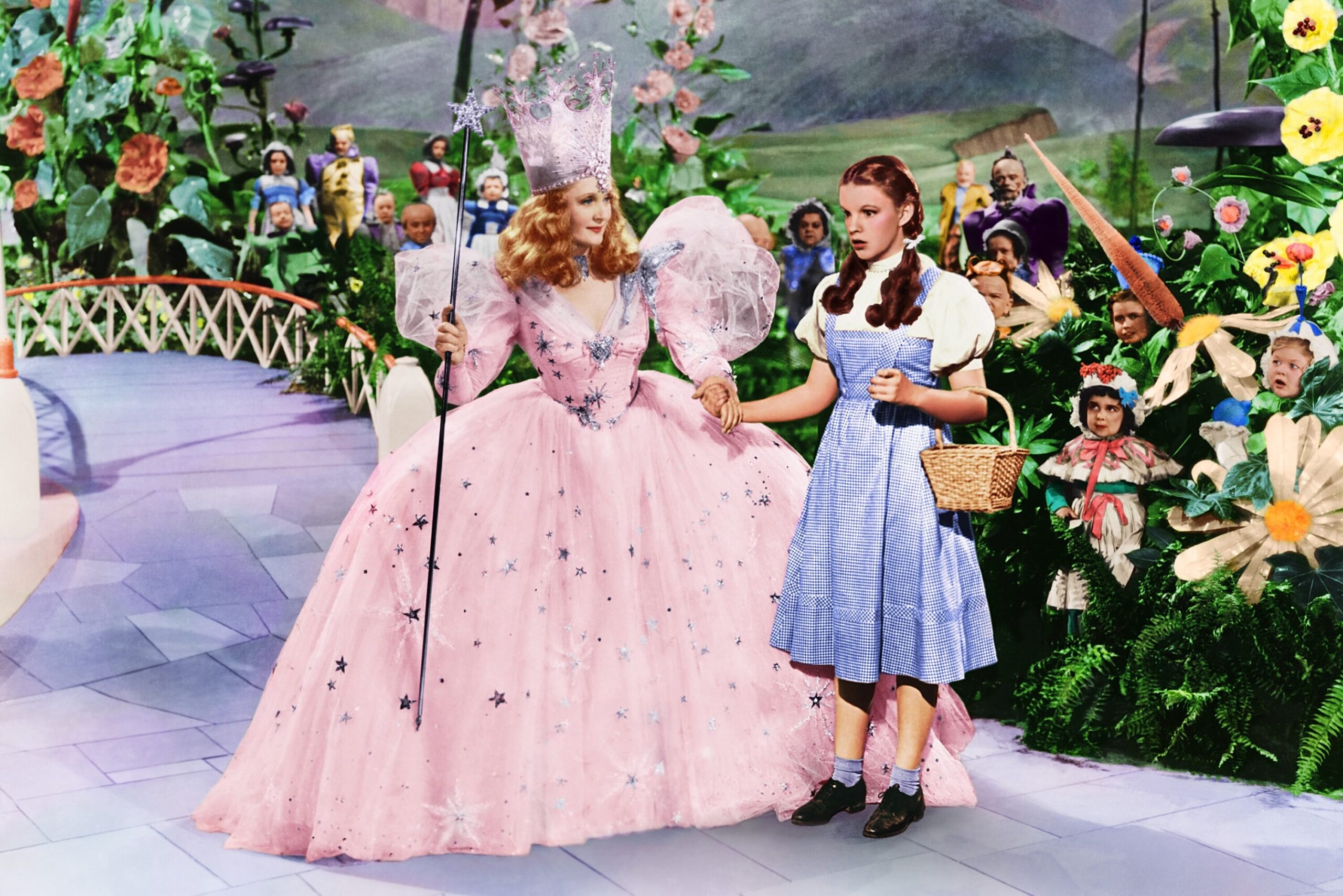
Back in the golden age of Hollywood, actresses were expected to fit into a very narrow standard of beauty—literally. Studio contracts often had strict weight clauses, and if an actress gained even a few pounds, she could be suspended or even dropped. Judy Garland was put on a strict diet as a teenager, sometimes just coffee and chicken soup, and was even given appetite suppressants. This obsession with thinness wasn’t about health, it was about control says BuzzFeed.
Imagine being scrutinized constantly just for how your body looked, not your talent. Today, we’re thankfully seeing a wider acceptance of different body types on screen, and while Hollywood still has a long way to go, the pressure to conform to a single size is being challenged. Stars now speak openly about body image and mental health. That kind of honesty would’ve been career suicide in the old days adds Screen Rant.
2. Actors Were Basically Owned by Studios
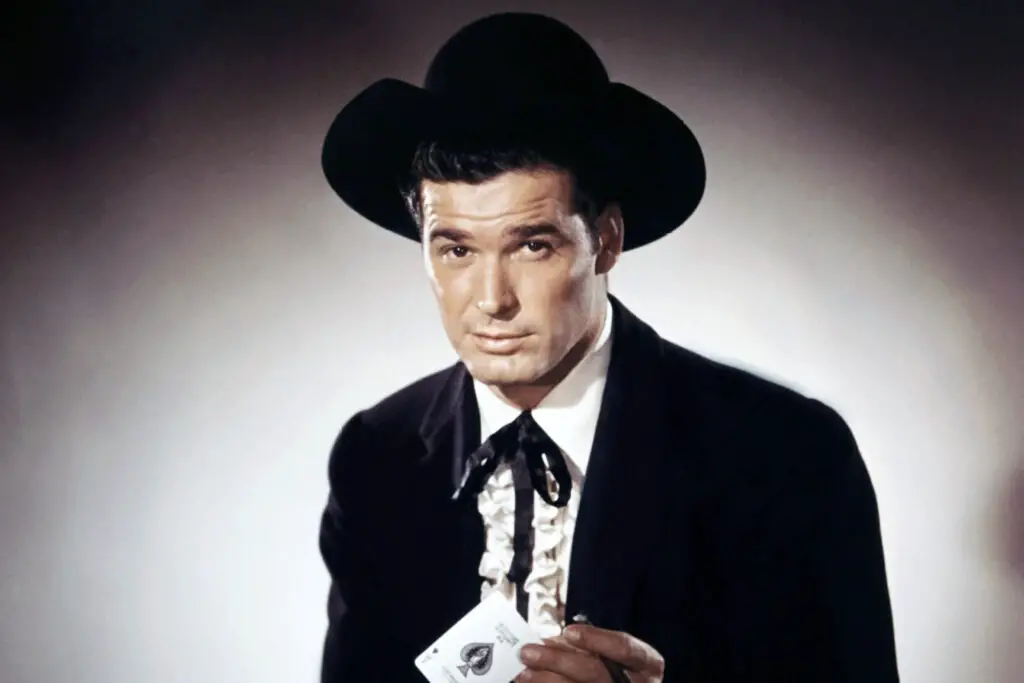
During the studio system era, actors signed long-term contracts that gave studios nearly complete control over their careers. If a studio wanted you to do a film, you had to do it—even if you hated the role. You couldn’t work for other studios unless you were loaned out like a piece of property. Bette Davis once tried to break her contract and was sued, all because she didn’t want to do another bad movie says Wikipedia.
Can you imagine someone like Zendaya today being told what to wear, who to date, and what roles to accept by a studio boss? It just wouldn’t fly. Actors today have way more autonomy, often producing their own projects. Those early stars were trapped in golden cages with very little say over their lives adds Medium.
3. Pregnancy Was Practically a Scandal
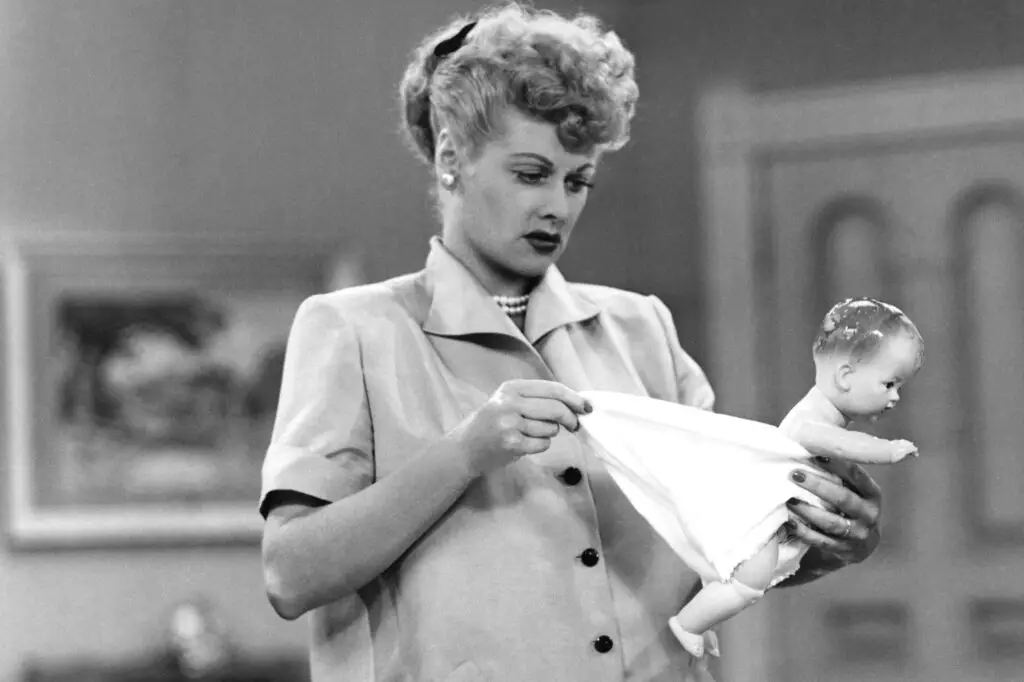
If an actress got pregnant during the classic era, it could be a public relations nightmare. Studios sometimes tried to hide pregnancies altogether, using strategic camera angles, oversized props, or even pulling actresses from work completely. They worried that audiences wouldn’t find a pregnant woman glamorous enough. For unmarried actresses, the scandal was even worse.
Lucille Ball had to fight to show her pregnancy on I Love Lucy, and even then, they weren’t allowed to say the word “pregnant” on air. Today, pregnancies are celebrated in the media, not hidden away. Stars do maternity shoots and post baby bumps on Instagram. The idea of a studio trying to bury such a personal and joyful moment now feels absurd.
4. LGBTQ+ Identities Were Kept Closeted
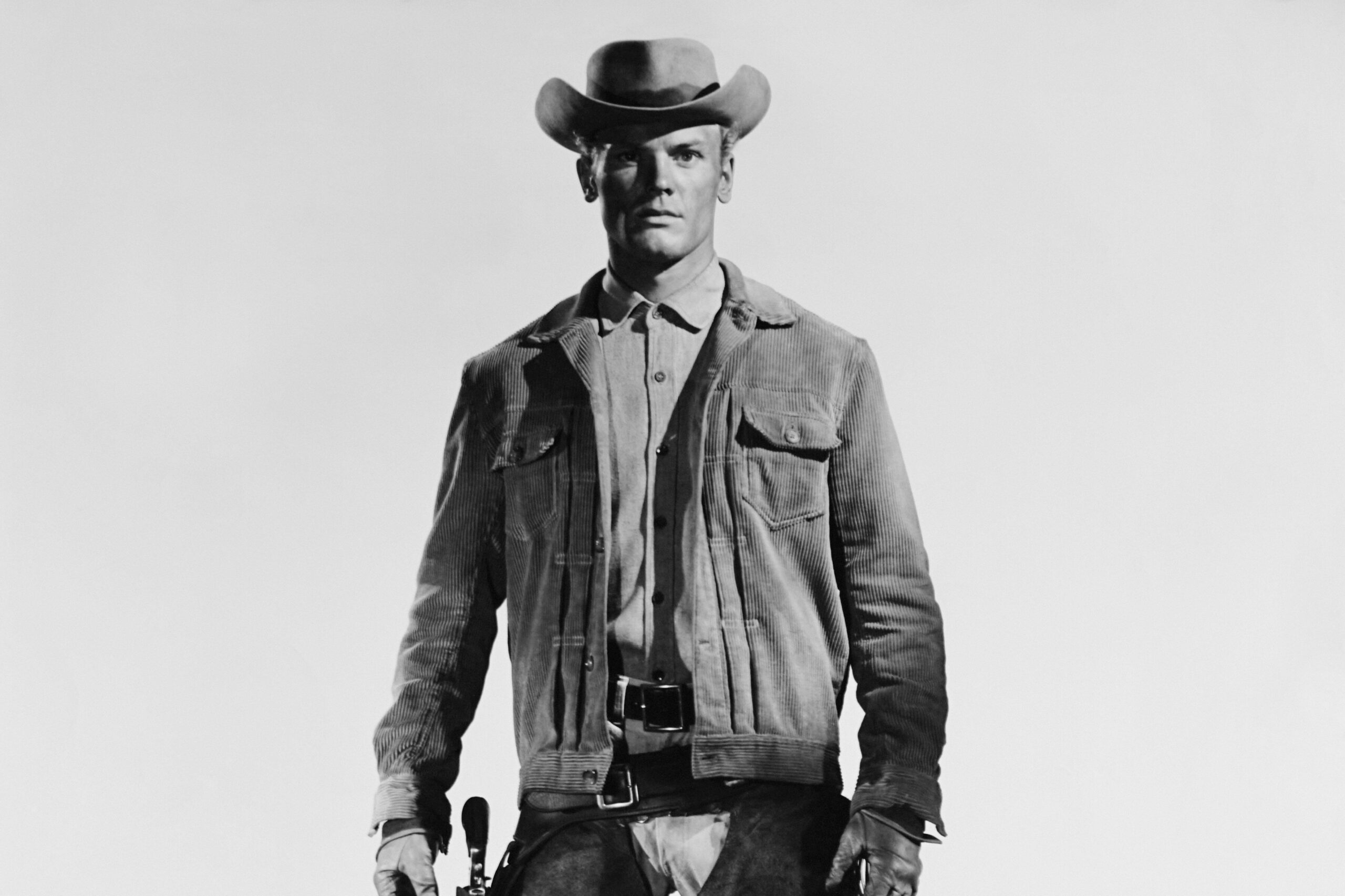
It was an unspoken rule in old Hollywood that LGBTQ+ actors had to stay in the closet if they wanted to work. Many stars had to create fake relationships, known as “lavender marriages,” to keep up appearances. Tab Hunter, for instance, was forced to date actresses publicly while hiding his real identity. The fear of being outed was a constant, career-threatening cloud.
Now, while there’s still progress to be made, more and more stars are able to live openly. Coming out isn’t the career-ender it once was. People like Elliot Page and Kristen Stewart are praised for their authenticity. In contrast, the pressure to hide your true self in classic Hollywood feels not just outdated but heartbreaking.
5. Actors Couldn’t Change Their Looks
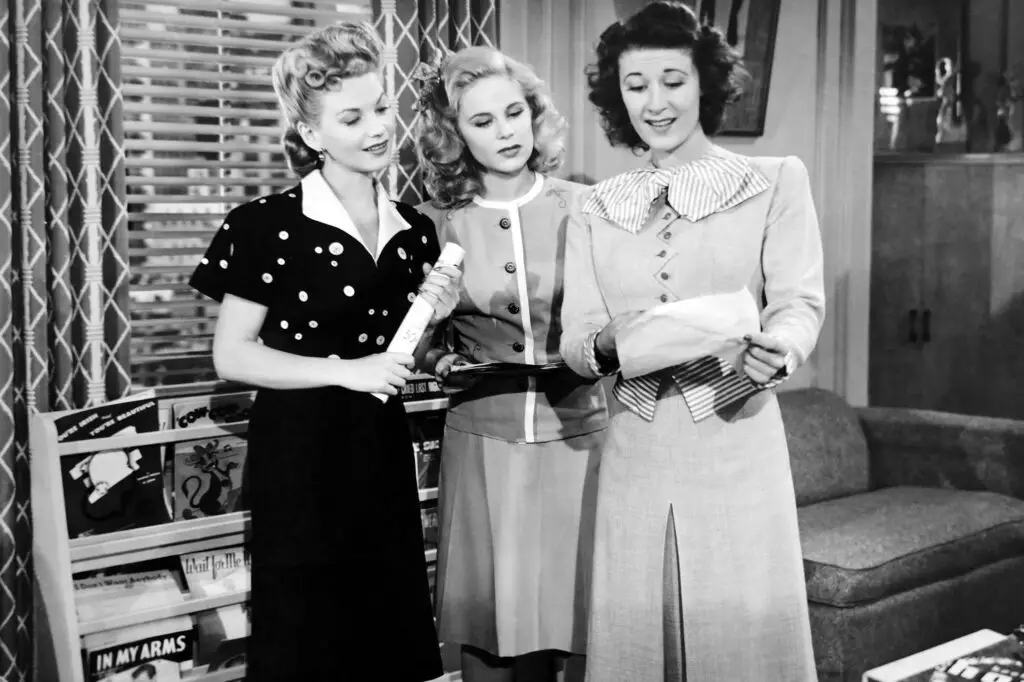
Studios had total say over how their stars looked. From hair color to nose shape, they made the decisions, not the actors. Rita Hayworth famously underwent painful electrolysis to change her hairline and dyed her naturally dark hair red to become more “marketable.” It wasn’t about expression, it was about conformity.
Today’s stars experiment with style constantly, and their choices are part of their personal brand. From pink buzz cuts to visible tattoos, individuality is more accepted. Back then, stepping outside the studio-approved mold could cost you roles or your contract. The idea of actors not having a say in their own appearance seems completely foreign now.
6. You Couldn’t Talk About Mental Health
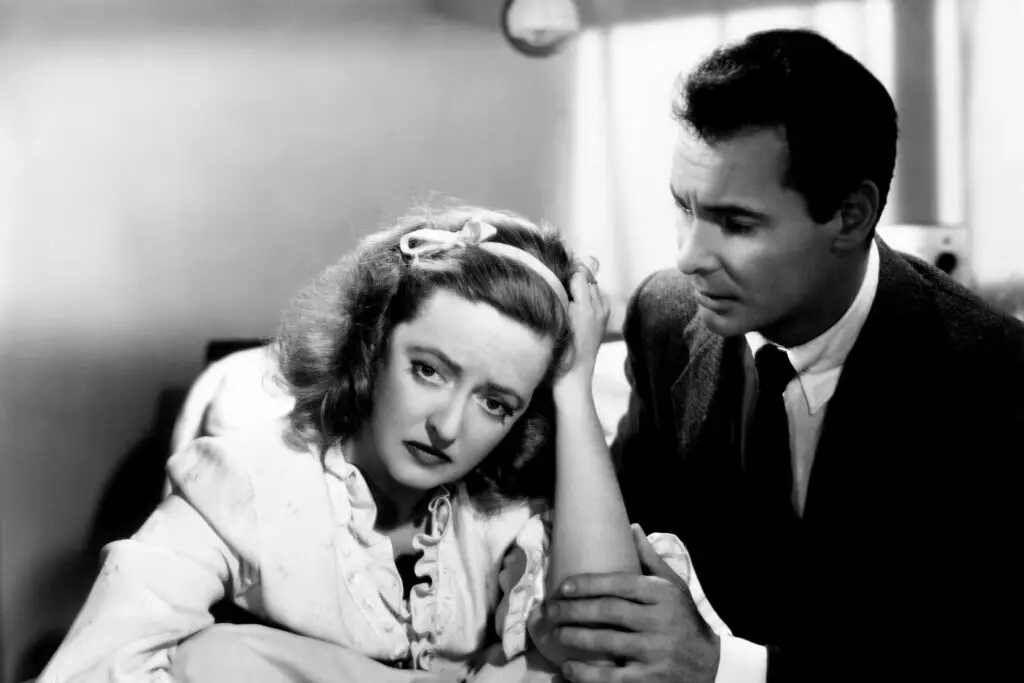
Mental health struggles were considered shameful and were often swept under the rug. If a star had a breakdown, it was hidden or excused with vague terms like “exhaustion.” Studios didn’t want audiences to see their idols as human. Frances Farmer, for example, was institutionalized, and much of her suffering was dismissed or distorted.
Today, we hear celebrities openly discussing therapy, anxiety, and depression, helping to reduce stigma for everyone. It’s a relief to see vulnerability viewed as strength rather than weakness. Imagine trying to pretend everything’s perfect while privately falling apart—it was a reality for many classic stars. Transparency just wasn’t an option.
7. Women Had Expiration Dates
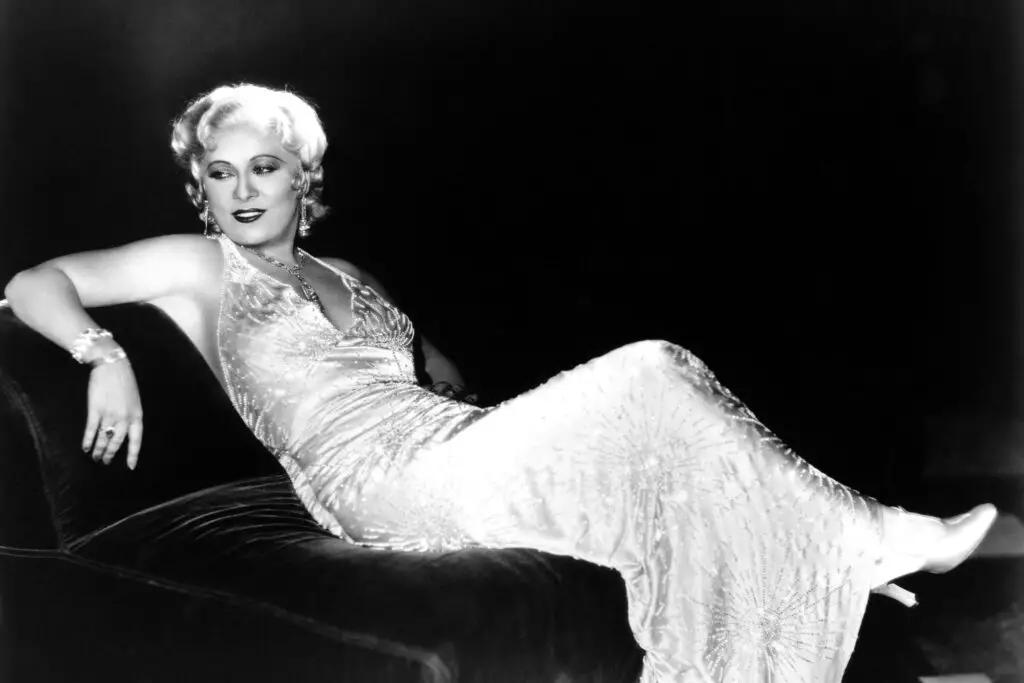
In classic Hollywood, once an actress hit 35 or 40, roles became scarce. You were either the love interest or you were irrelevant—there wasn’t much in between. Men, on the other hand, could age and still be leading men well into their 60s. Think of Cary Grant romancing much younger women on screen well into his later years.
Today, while ageism still exists, women like Viola Davis, Nicole Kidman, and Angela Bassett are showing that talent doesn’t have an expiration date. Roles are becoming more diverse and complex for older women. Back then, actresses had to either transition to “mother” roles or fade into obscurity. That kind of shelf-life limitation would be unthinkable today.
8. Interracial Relationships Were Forbidden
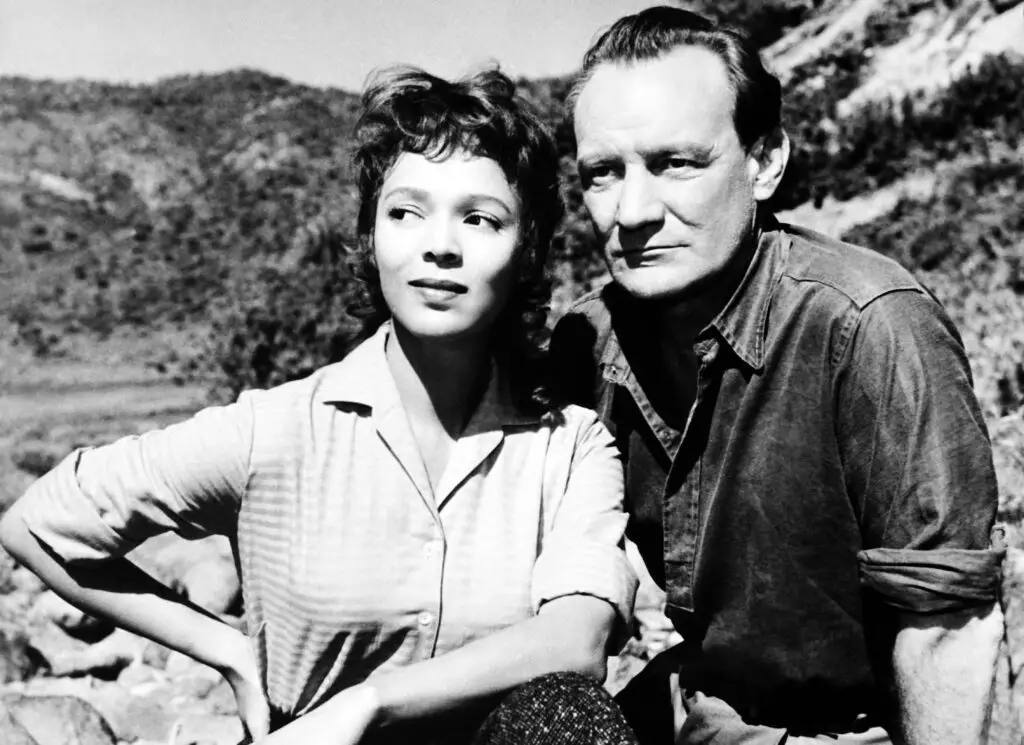
If a white star dated someone of another race, especially publicly, it could end their career. Studios would interfere, sometimes outright banning relationships or forcing stars to break up. Dorothy Dandridge, a Black actress, faced immense discrimination both on and off the screen, including being discouraged from dating white men.
Today, while racism still exists, interracial relationships are far more accepted both in Hollywood and society. Stars like Meghan Markle and Taye Diggs haven’t had to hide their relationships. The notion that love should be hidden because of skin color seems archaic, yet it was a very real rule in old Hollywood. That fear of losing everything for who you loved is hard to fathom now.
9. No Public Political Opinions
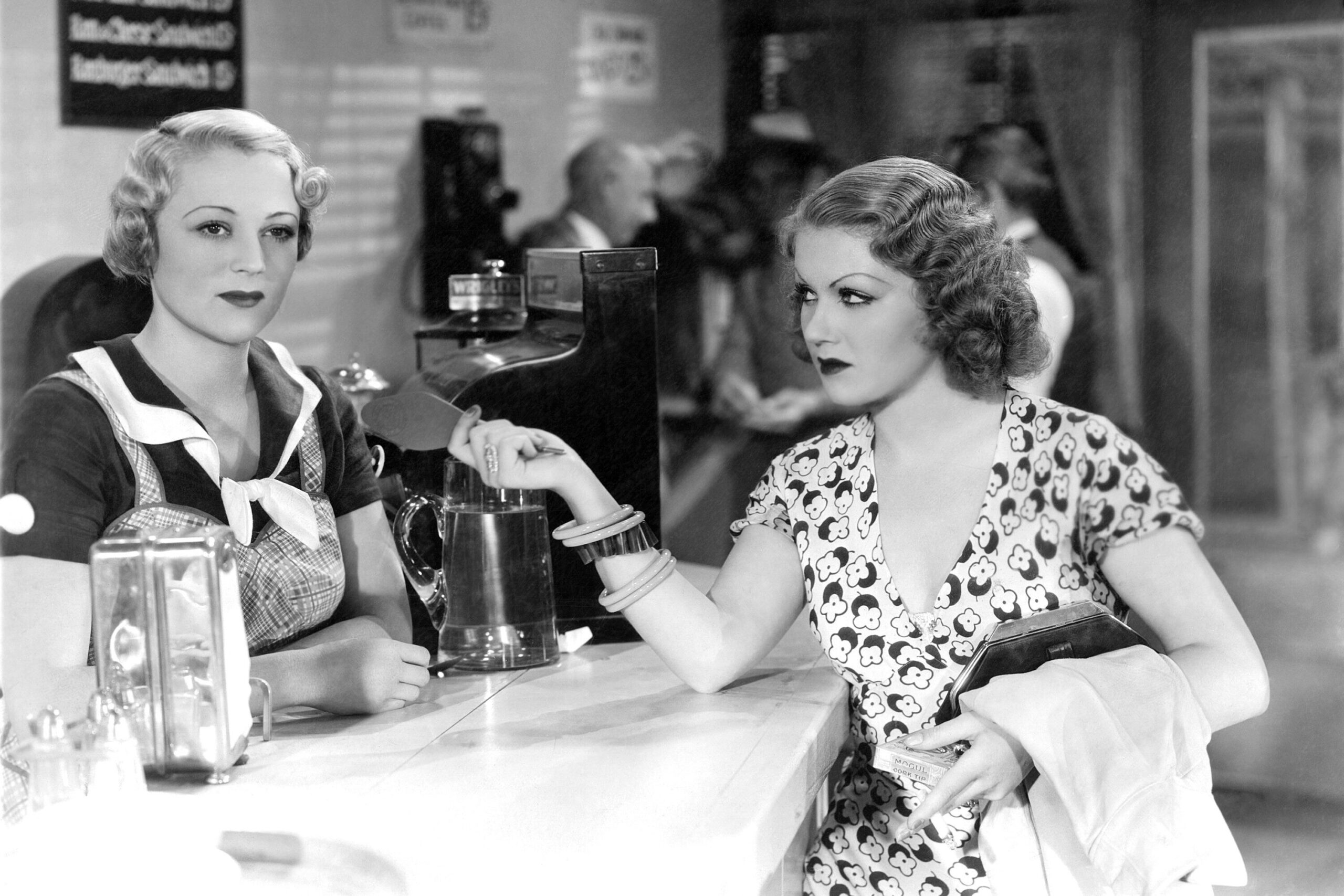
Back in the day, stars were expected to stay neutral and apolitical. Studios feared that any strong stance might alienate ticket-buying audiences. Even actors who had strong beliefs were encouraged to keep quiet. If they did speak out, they risked being blacklisted, especially during the McCarthy era when even suspected affiliations could ruin you.
Now, we often see actors using their platforms for advocacy, from climate change to human rights. It’s common for stars to speak at rallies or post political opinions on social media. The idea that silence was once mandatory feels jarring. Today, personal beliefs and social consciousness are part of an actor’s public image.
10. Child Stars Had No Protections
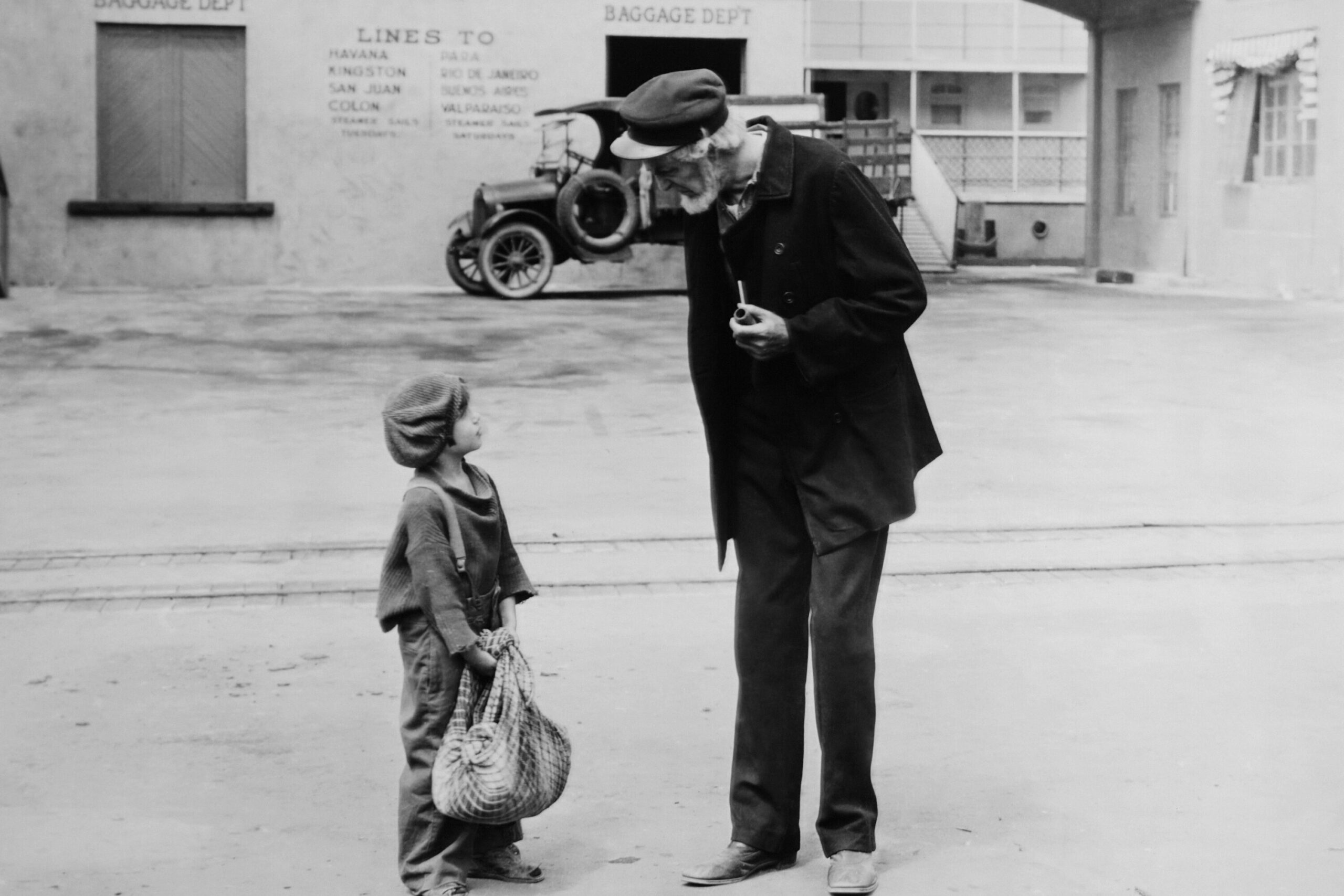
Many child actors in classic Hollywood were overworked, underpaid, and sometimes exploited. They had grueling schedules, limited schooling, and very few legal protections. Jackie Coogan, who was a huge child star in the 1920s, famously lost most of his earnings because his parents mismanaged the money. It wasn’t until the Coogan Law passed that children had any financial safeguards.
Now, child actors have stricter regulations about hours, education, and finances. While the system still isn’t perfect, there are more protections in place. It’s heartbreaking to think of kids being treated like tiny adults with no real support. The old rules clearly didn’t consider their emotional or physical well-being.
11. Divorces Were Bad for Your Image
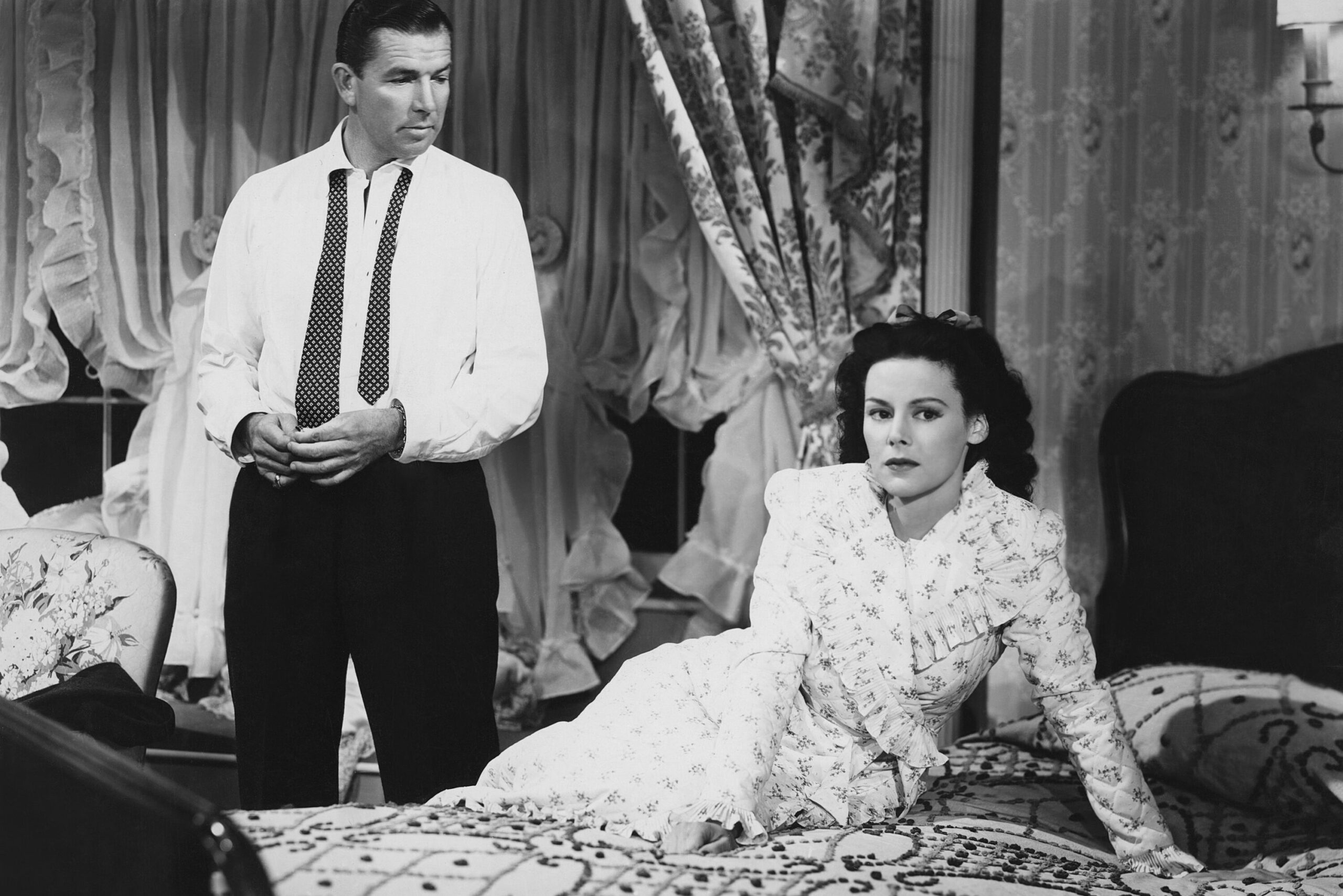
If a star got divorced in classic Hollywood, it was often seen as a scandal. Studios would sometimes force actors to stay in unhappy marriages to maintain a wholesome image. The idea was that stars had to be aspirational, and divorce didn’t fit that narrative. It was especially harsh for women, who faced more public judgment.
Now, celebrities divorce and remarry regularly with far less stigma. People understand that relationships are complex and sometimes don’t work out. There’s even a bit of admiration for stars who handle breakups with grace and honesty. The fear of losing fans over a personal decision like divorce just doesn’t hold the same weight anymore.
12. Actors Couldn’t Age Naturally
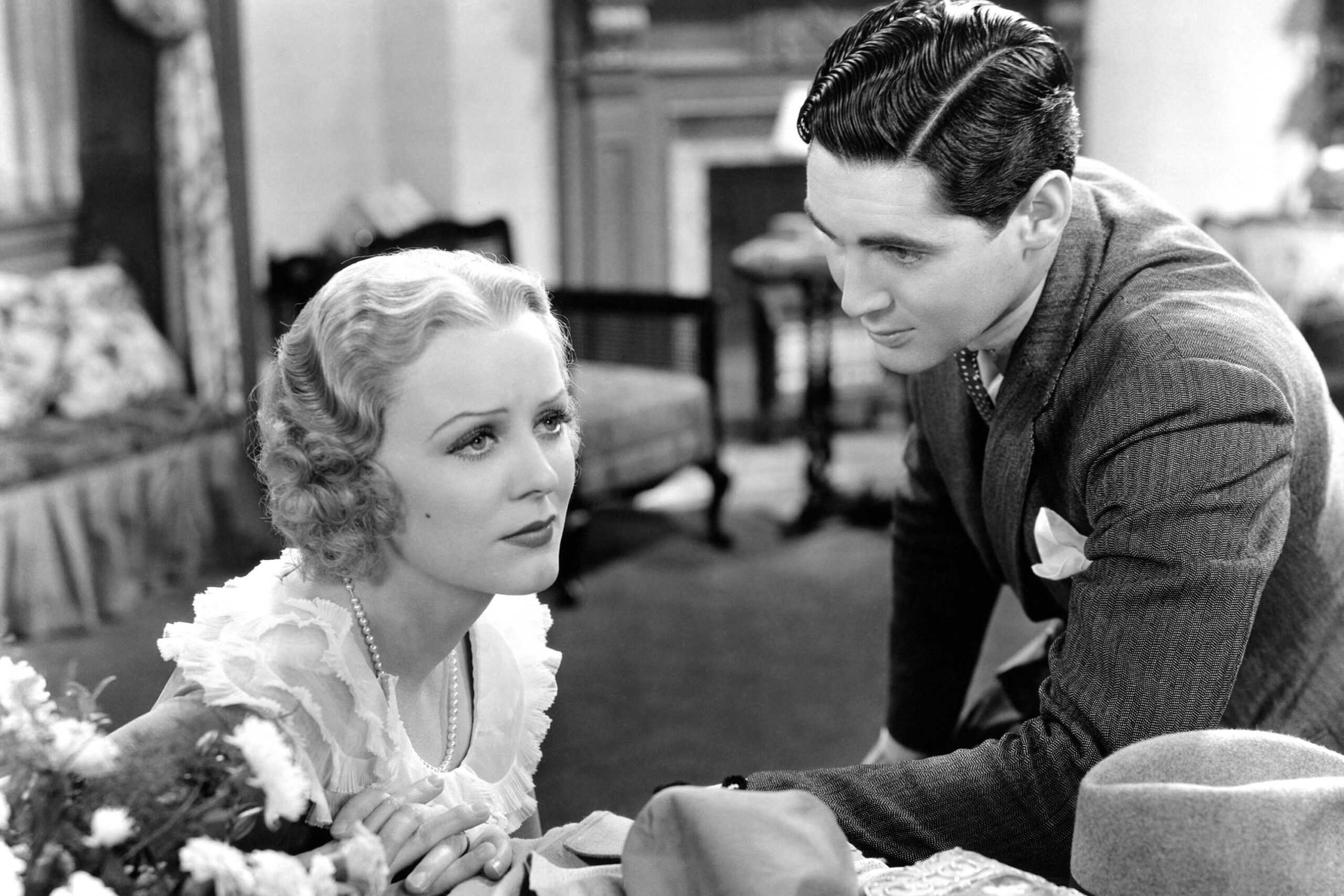
Wrinkles, gray hair, or any sign of aging had to be covered up. Studios were relentless about maintaining a youthful image, especially for women. Aging naturally wasn’t allowed, and cosmetic procedures were often hush-hush. It wasn’t just about looks—it was about staying employable.
Now, there’s more room for stars to embrace aging with pride. Celebrities like Helen Mirren and Paulina Porizkova have become icons for aging authentically. While there’s still pressure, there’s also pushback against the idea that getting older is something to hide. The old Hollywood rule of “stay young or disappear” feels increasingly outdated.
